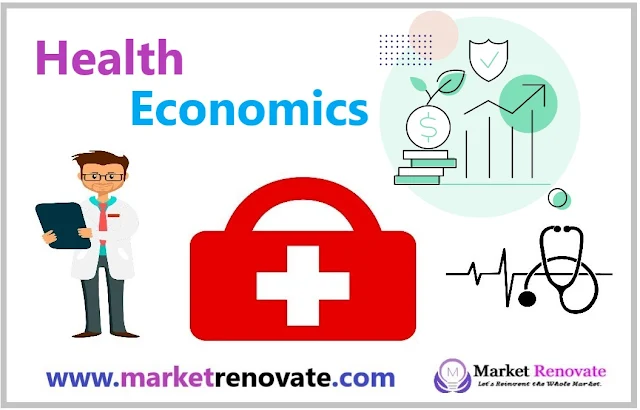Payment and Benefit Systems in Public Health Insurance and Medical Insurance
Payment and benefit systems in both public health insurance and medical insurance are essential components that determine how individuals access and finance healthcare services. These systems include various methods of premium payment and provide different types of benefits, including direct health benefits and health outcome benefits. Let’s explore these aspects in more detail.
Premium Payment:
a. Government/NGO Payment:
- Public Health Insurance: In public health insurance programs like Medicare and Medicaid, the government plays a significant role in premium payment. Beneficiaries often receive coverage at little to no cost, as the government funds a substantial portion of the premiums. This ensures that vulnerable populations have access to essential healthcare services.
- Medical Insurance: In some cases, government subsidies or tax incentives may be available to help individuals and families afford private medical insurance premiums. These subsidies aim to increase insurance coverage rates and promote healthcare access.
b. Out-of-Pocket Payment:
- Public Health Insurance: While public health insurance programs typically minimize out-of-pocket costs for beneficiaries, there may still be some cost-sharing elements. These can include copayments, deductibles, and coinsurance, depending on the specific program and plan. However, these costs are often income-based and designed to protect individuals with limited financial resources.
- Medical Insurance: In medical insurance plans, individuals and families generally bear a more significant portion of the premium costs. This out-of-pocket payment model varies widely, with different plans offering varying levels of coverage and cost-sharing arrangements. High-deductible health plans, for example, may have lower premiums but require individuals to pay higher out-of-pocket costs when they seek care.
Direct Health Benefits:
Direct health benefits refer to the immediate financial assistance or coverage provided by insurance plans when individuals access healthcare services:
- Public Health Insurance: Public health insurance programs often offer comprehensive direct health benefits that encompass various healthcare services. These benefits may include doctor visits, hospital stays, preventive care, prescription medications, and diagnostic tests. The goal is to ensure that beneficiaries can access necessary medical services without facing significant financial barriers.
- Medical Insurance: Similarly, medical insurance plans offer direct health benefits that vary depending on the specific plan. These benefits typically cover a range of medical services, and the extent of coverage depends on factors like the plan type and premium cost. Direct benefits aim to reduce the financial burden on individuals when they receive medical care.
Health Outcome Benefits:
Health outcome benefits, sometimes referred to as indirect benefits, focus on the broader impact of insurance coverage on individuals’ health and well-being:
- Public Health Insurance: Public health insurance programs aim to improve health outcomes by ensuring that beneficiaries have access to preventive services and early intervention. By covering a wide range of healthcare services, these programs contribute to better health outcomes for individuals and communities. Healthier populations result in reduced healthcare costs and improved productivity.
- Medical Insurance: Medical insurance plans also contribute to health outcome benefits by providing access to necessary medical care. While these plans may not always prioritize preventive services to the same extent as public health insurance, they still play a crucial role in improving health outcomes by reducing financial barriers to healthcare access.
In conclusion, payment and benefit systems in public health insurance and medical insurance are designed to provide financial protection and access to healthcare services. Public health insurance often emphasizes government or NGO payment and comprehensive direct health benefits to promote health equity and reduce disparities. Medical insurance, on the other hand, may require more substantial out-of-pocket payments but still offers essential financial protection and access to medical care. Both systems contribute to improved health outcomes and play integral roles in healthcare financing and access.






Please leave your comments or ask your queries here. The comments shall be published only after the Admin approval.